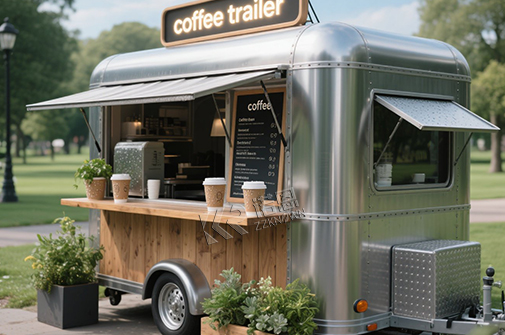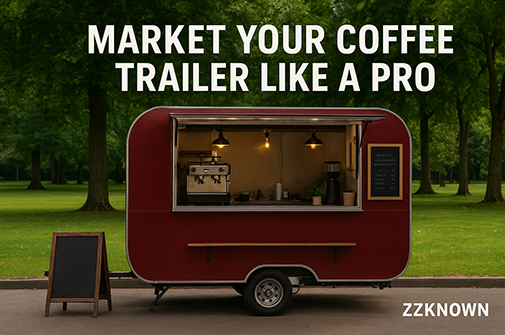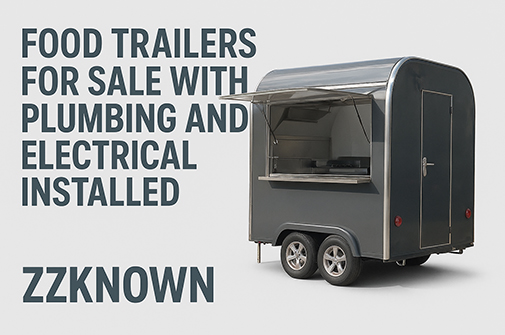Customer feedback is the lifeblood of any food business, but in a mobile sandwich trailer—where space is tight, lines move fast, and reputations spread quickly—managing feedback effectively can make or break your success. Whether it’s praise for your signature Reuben or a complaint about soggy bread, every interaction is an opportunity to build loyalty. Drawing from real-world experience and industry best practices, here's how to turn feedback into growth.
Make it easy for customers to share their thoughts, even in a fast-paced environment.
Train Staff to Ask: Have your team prompt customers with questions like:
“How did we do today?”
“Any suggestions to make your sandwich even better?”
Feedback Cards: Place short QR code-linked surveys on napkin holders or trays.
Google Reviews: Display a “Scan to Review” QR code on your trailer.
Social Media Polls: Ask followers to vote on new menu items (e.g., “Pickles: Keep them crunchy or go spicy?”).
Email/SMS: Send a post-visit message: “Rate your meal:  ”
”
Case Study: A Philly cheesesteak trailer increased Google reviews by 300% by offering a free cookie for completed surveys.
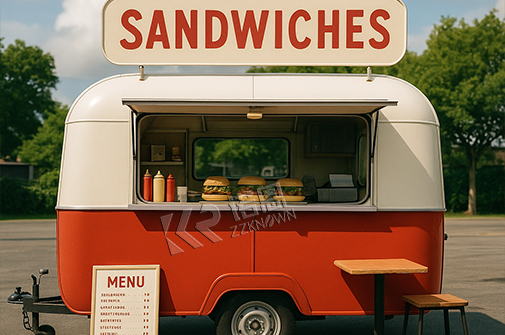
Speed matters—74% of customers expect a response within 24 hours.
| Step | Action | Example |
|---|---|---|
| Acknowledge | Validate their experience | “I’m so sorry your sandwich wasn’t up to standard.” |
| Apologize | Take ownership (even if it’s not your fault) | “This isn’t the quality we aim for.” |
| Act | Offer a solution | “Can we remake your order or refund you?” |
| Adjust | Prevent future issues | “We’ll retrain our team on toasting protocols.” |
Public Reply:
“Hi [Name], we’re gutted to hear this! Please DM us—we’d love to make it right.”
Private Follow-Up: Send a coupon or invite them to a free tasting.
Turn happy customers into brand ambassadors.
Feature Reviews: Display 5-star quotes on your trailer or Instagram.
Employee Recognition: Share praise in team meetings (e.g., “Jake got 10 shoutouts for his friendly service!”).
User-Generated Content (UGC): Repost customer photos with credit (e.g., “ by @FoodieSarah”).
Tool: Use TINT to curate and display social media posts on your website.
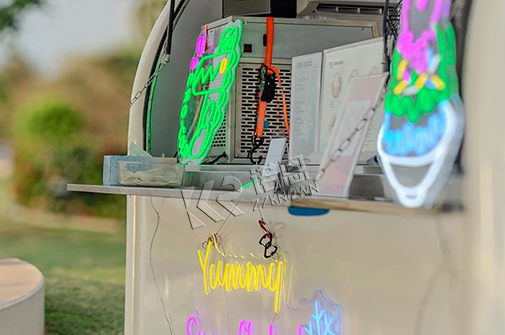
Identify patterns to improve operations.
| Common Issues | Solutions |
|---|---|
| Slow Service | Prep ingredients in batches during off-hours |
| Inconsistent Portions | Use portion scoops or scales |
| Cold Sandwiches | Invest in a heated display shelf |
Example: A NYC sandwich trailer reduced “soggy bread” complaints by 80% after switching to moisture-resistant packaging.
Empower staff to handle feedback confidently.
Role-Playing Scenarios: Practice responses to complaints like “This is too salty” or “I’m allergic to mayo.”
Incentivize Feedback Collection: Offer bonuses for staff who gather the most surveys.
Daily Debriefs: Discuss feedback trends and adjustments (e.g., “Today, 3 customers asked for gluten-free bread—let's add it!”).

Invite dissatisfied customers to shape your menu.
Feedback Focus Groups: Offer free sandwiches in exchange for honest input.
“Secret Menu” Loyalty: Let regulars name or design a sandwich (e.g., “The Sarah Special”).
Case Study: A vegan sandwich trailer in LA credited a customer’s “Spicy Chickpea Wrap” idea on their menu, driving a 25% sales boost.
POS Integrations: Systems like Square or Toast track customer purchase history with feedback.
Sentiment Analysis Tools: Apps like ReviewTrackers flag negative reviews in real time.
Automated Surveys: Tools like SurveyMonkey send post-purchase emails.

Show customers you value their input.
Social Media Updates: Post a video: “You asked, we listened! New gluten-free bread is here!”
Menu Callouts: Add icons like “Customer Favorite” or “New & Improved.”
A single negative review can cost you 30 customers, but a well-handled complaint can turn a critic into a loyalist. By embracing feedback as a growth tool, your sandwich trailer can build a reputation for quality and care that keeps lines forming wherever you park.
